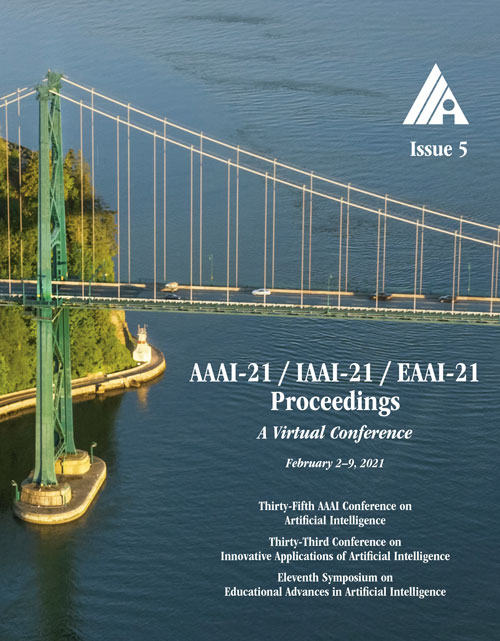GSNet: Learning Spatial-Temporal Correlations from Geographical and Semantic Aspects for Traffic Accident Risk Forecasting
DOI:
https://doi.org/10.1609/aaai.v35i5.16566Keywords:
Mining of Spatial, Temporal or Spatio-Temporal DaAbstract
Traffic accident forecasting is of great importance to urban public safety, emergency treatment, and construction planning. However, it is very challenging since traffic accidents are affected by multiple factors, and have multi-scale dependencies on both spatial and temporal dimensional features. Meanwhile, traffic accidents are rare events, which leads to the zero-inflated issue. Existing traffic accident forecasting methods cannot deal with all above problems simultaneously. In this paper, we propose a novel model, named GSNet, to learn the spatial-temporal correlations from geographical and semantic aspects for traffic accident risk forecasting. In the model, a Spatial-Temporal Geographical Module is designed to capture the geographical spatial-temporal correlations among regions, while a Spatial-Temporal Semantic Module is proposed to model the semantic spatial-temporal correlations among regions. In addition, a weighted loss function is designed to solve the zero-inflated issue. Extensive experiments on two real-world datasets demonstrate the superiority of GSNet against the state-of-the-art baseline methods.Downloads
Published
2021-05-18
How to Cite
Wang, B., Lin, Y., Guo, S., & Wan, H. (2021). GSNet: Learning Spatial-Temporal Correlations from Geographical and Semantic Aspects for Traffic Accident Risk Forecasting. Proceedings of the AAAI Conference on Artificial Intelligence, 35(5), 4402-4409. https://doi.org/10.1609/aaai.v35i5.16566
Issue
Section
AAAI Technical Track on Data Mining and Knowledge Management

